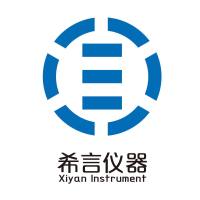Detection of 4-Hydroxy-2-Nonenal- and 3-Nitrotyrosine-Modified Proteins Using a Proteomics Approach
互联网
709
Oxidative stress has been shown to be one of the mechanisms involved in a number of diseases, including neurodegenerative disorders, ischemia, cancer, etc. Oxidative stress occurs mainly due to an imbalance between oxidant and antioxidant systems. Oxidants can damage virtually all biological molecules including DNA, RNA, cholesterol, lipids, carbohydrates, proteins, and antioxidants. The oxidative modification of proteins has been shown to play an important role in a number of human diseases. And the methods to identify specific proteins that are susceptible to 4-hydroxy 2-nonenal (HNE) and 3-nitrotyrosine (NT) modifications are limited and difficult. Our laboratory uses two-dimensional polyacrylamide gel electrophoresis (2DE) in combination with western blotting to identify the specific targets of protein nitration and lipid peroxidation. This may require the analysis of thousands of individual proteins from cells and tissues, and coupling of mass spectrometry to this technique allows the identification of proteins. Since the protein levels and the protein oxidation can be obtained from 2DE and 2D blots, specific nitration or HNE modification of each protein spot can be easily calculated.









